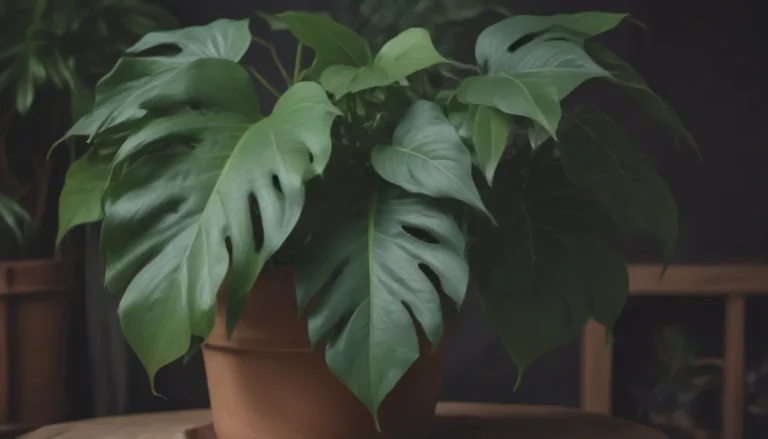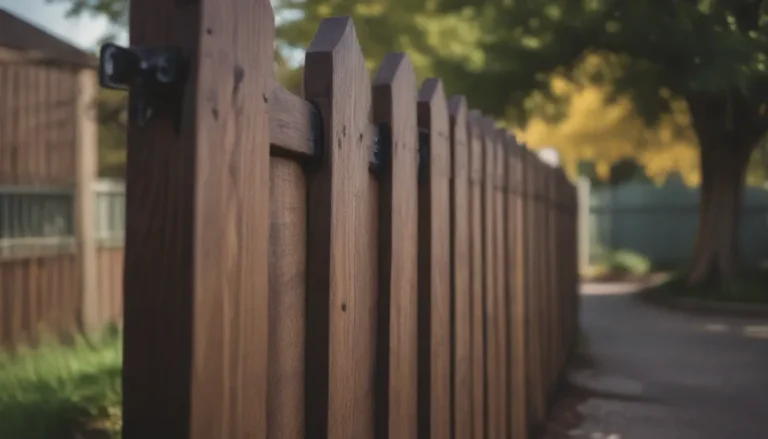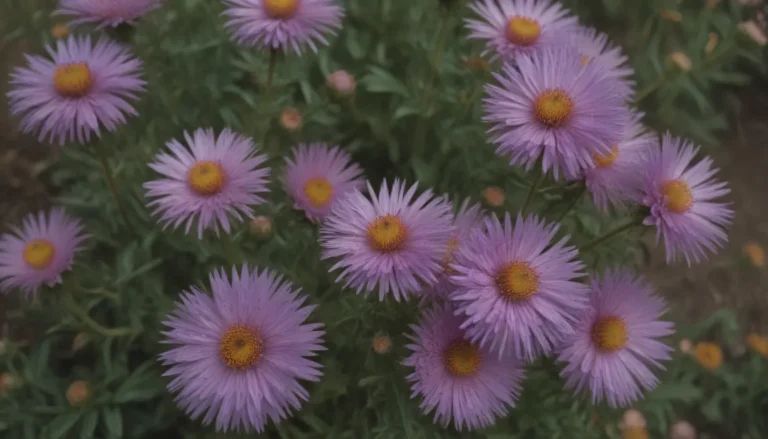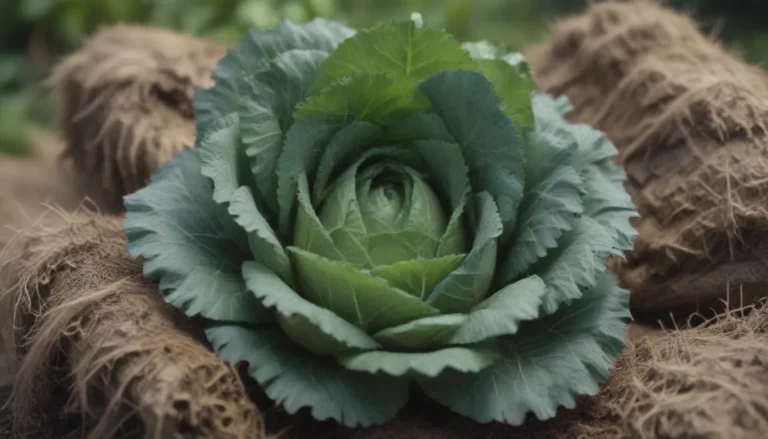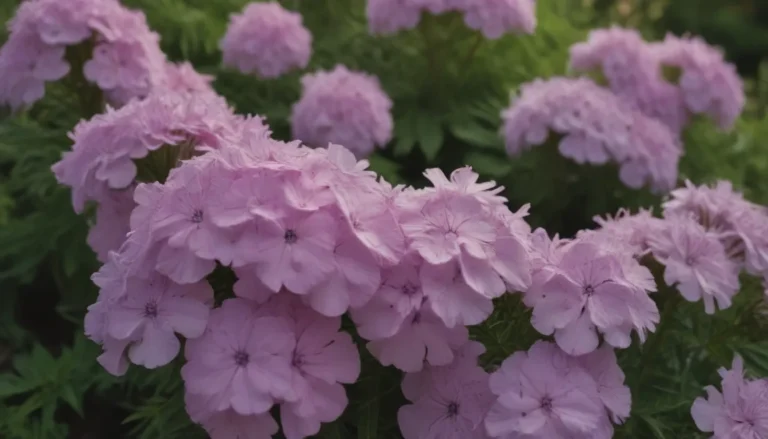The Ultimate Guide to Planting and Caring for Zinnia Flowers
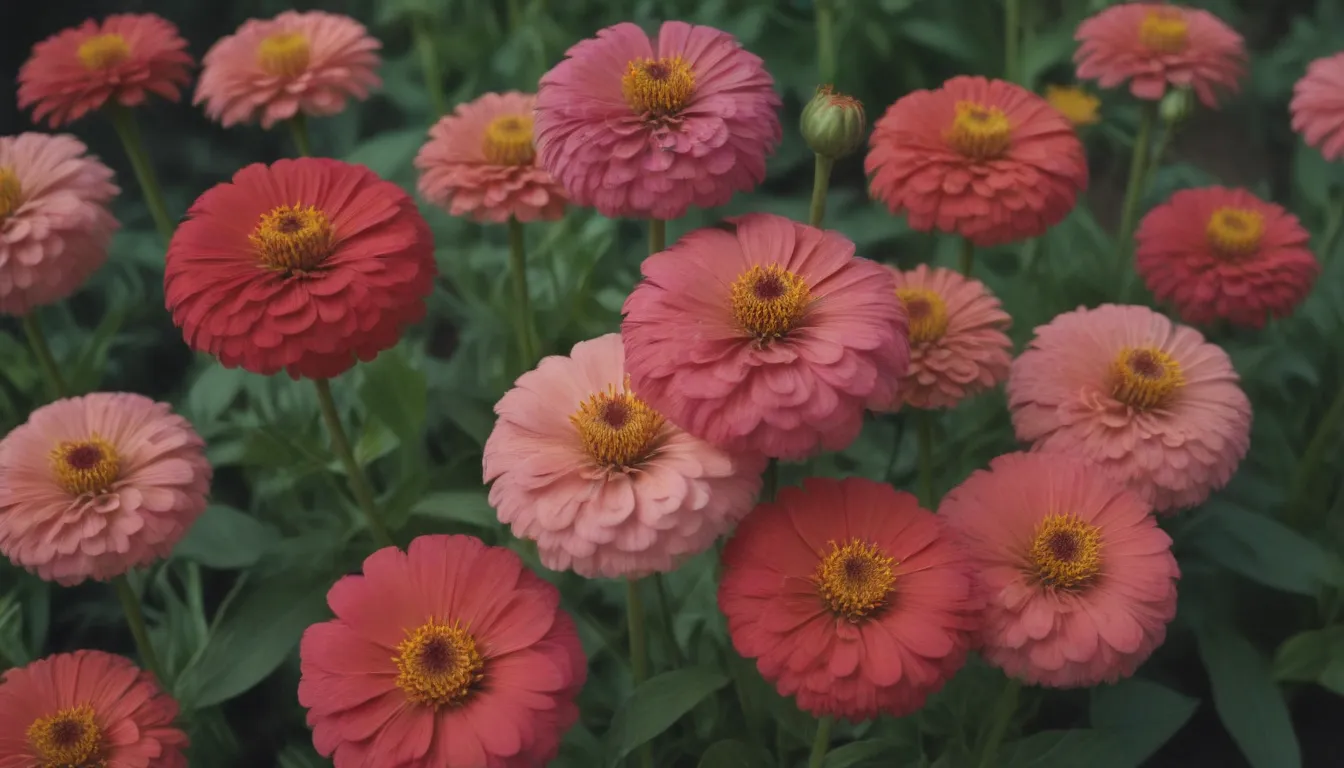
Zinnias are a gardener’s dream in hot climates, where they flourish effortlessly and add a burst of color to any garden. These fast-growing, warm-season annual flowers are a low-maintenance option that blooms abundantly, bringing vibrant hues to your outdoor space. With a variety of colors to choose from, including bold, hot-palette shades and some cool whites, zinnias are versatile and can complement any garden aesthetic.
Getting to Know Zinnias
Zinnias, known for their resilience and beauty, come in different shapes and sizes. From short, spreading varieties to towering ones that can reach up to 4 feet in height, there’s a zinnia for every garden. While Zinnia elegans has lance-shaped, rough leaves, other varieties feature broader, less scratchy foliage. The flowers of zinnias can be daisy-like, double, cactus-flowered, or resemble a formal-looking dahlia-type bloom. These flowers are known to last all summer and stretch into the fall season, providing a pop of color for months on end.
Zinnias thrive in the scorching heat of summer and perform best during warm spring and autumn months. They do not require deadheading, but removing spent blooms can extend their flowering period. If you’re eager to plant zinnias in your garden, it’s essential to choose a day when the weather starts to warm up in the spring. Keep in mind that zinnias are true annuals, meaning they need to be replanted each growing season.
Zinnia Care Tips
Caring for zinnias is relatively simple, making them an ideal choice for both novice and experienced gardeners. Here are some essential care tips to help your zinnias thrive:
Planting and Soil
Zinnias are best planted in the spring and are not overly picky about soil conditions. When planting zinnia seeds, ensure there is adequate space between plants to allow for proper air circulation. Smaller zinnia varieties require at least 6 inches between plants, while larger types need 12 to 18 inches. Zinnias prefer well-draining soil, so adding compost to poor soil can give the plants a boost. However, zinnias can grow in various soil types, as long as they are not waterlogged.
Light
Zinnias thrive in full sun, so planting them in a spot that receives maximum sunlight will result in prolific blooms. Adequate sunlight also helps keep the leaves dry and prevents powdery mildew from developing.
Water
Zinnias are drought-tolerant plants and typically do not require additional watering. However, during prolonged dry spells, watering zinnias sparingly can help maintain their vibrant blooms.
Temperature and Humidity
Zinnias are resilient in hot summer temperatures and continue to bloom regardless of the weather conditions. They are not overly sensitive to humidity levels, making them suitable for a wide range of climates.
Fertilizer
Zinnias are low-maintenance plants and only need occasional feeding with a balanced fertilizer. Follow the instructions on the fertilizer label for the correct application amount.
Types of Zinnias to Explore
With various types of zinnias available, you can choose the ones that best suit your garden style. Here are some popular zinnia varieties to consider planting:
- ‘Thumbelina’: A compact zinnia variety that grows to about 6-8 inches tall.
- ‘State Fair’: A classic zinnia variety that adds a touch of elegance to any garden.
- ‘Zahara’: Known for its vibrant colors and compact growth habit.
- ‘Dreamland’: A versatile zinnia variety that works well in containers or garden beds.
- ‘Envy’: Featuring unique green blooms that add a pop of color to any garden.
- ‘Orange Star’: A striking zinnia variety that commands attention in any landscape.
- Creeping Zinnia (Zinnia angustifolia): A trailing zinnia variety that adds a cascading effect to your garden.
Pruning and Propagating Zinnias
Zinnias are excellent cut flowers that can be used in bouquets to brighten up any space. Regularly picking zinnias encourages more blooms, but deadheading is not necessary. If you choose to deadhead your zinnias, you may notice a temporary pause in flowering, but they will resume blooming shortly after.
When it comes to propagating zinnias, there are several methods you can use. Whether through division, cuttings, or utilizing established plants, propagating zinnias allows you to expand your zinnia collection and enhance your garden’s beauty.
Growing Zinnias from Seed
Growing zinnias from seed is a straightforward process that yields beautiful results. You can sow zinnia seeds directly into the ground once the soil has warmed up and the risk of frost has passed. Plant the seeds about 1/4 inch deep for optimal germination. Alternatively, you can start zinnia seeds indoors four to six weeks before the last frost date to get a head start on the growing season.
If you prefer purchasing zinnia seedlings, many garden centers carry a variety of zinnia plants to choose from, although your selection may be limited compared to starting from seeds.
Potting and Overwintering Zinnias
While all zinnias can be started in small pots, shorter zinnia varieties are best suited for container gardening. Tall zinnias do not thrive in pots and are better off planted directly into the ground. If you wish to overwinter your zinnias, you can dig them up and bring them inside to protect them from harsh winter conditions.
Addressing Pests and Diseases
Zinnias are relatively resistant to pests and diseases, making them an ideal low-maintenance plant for any garden. While rare, zinnias can be susceptible to powdery mildew, a fungal infection that can affect their blooms. To combat powdery mildew, trim back affected parts of the plant and apply a suitable fungicide containing ingredients like neem oil, potassium bicarbonate, copper, or sulfur.
By following these care tips and guidelines, you can enjoy a beautiful display of zinnia flowers in your garden throughout the growing season.
In conclusion, zinnias are vibrant, resilient flowers that add a pop of color to any garden. With their easy maintenance and attractive blooms, zinnias are a must-have for gardeners looking to enhance their outdoor spaces. By providing proper care, including adequate sunlight, well-draining soil, and occasional feeding, you can enjoy a stunning display of zinnias from spring through fall. Whether you prefer compact varieties for containers or tall zinnias for the back of your garden bed, there is a zinnia type to suit every gardener’s preference. So, roll up your sleeves, grab your gardening tools, and start planting zinnias to brighten up your garden today!

